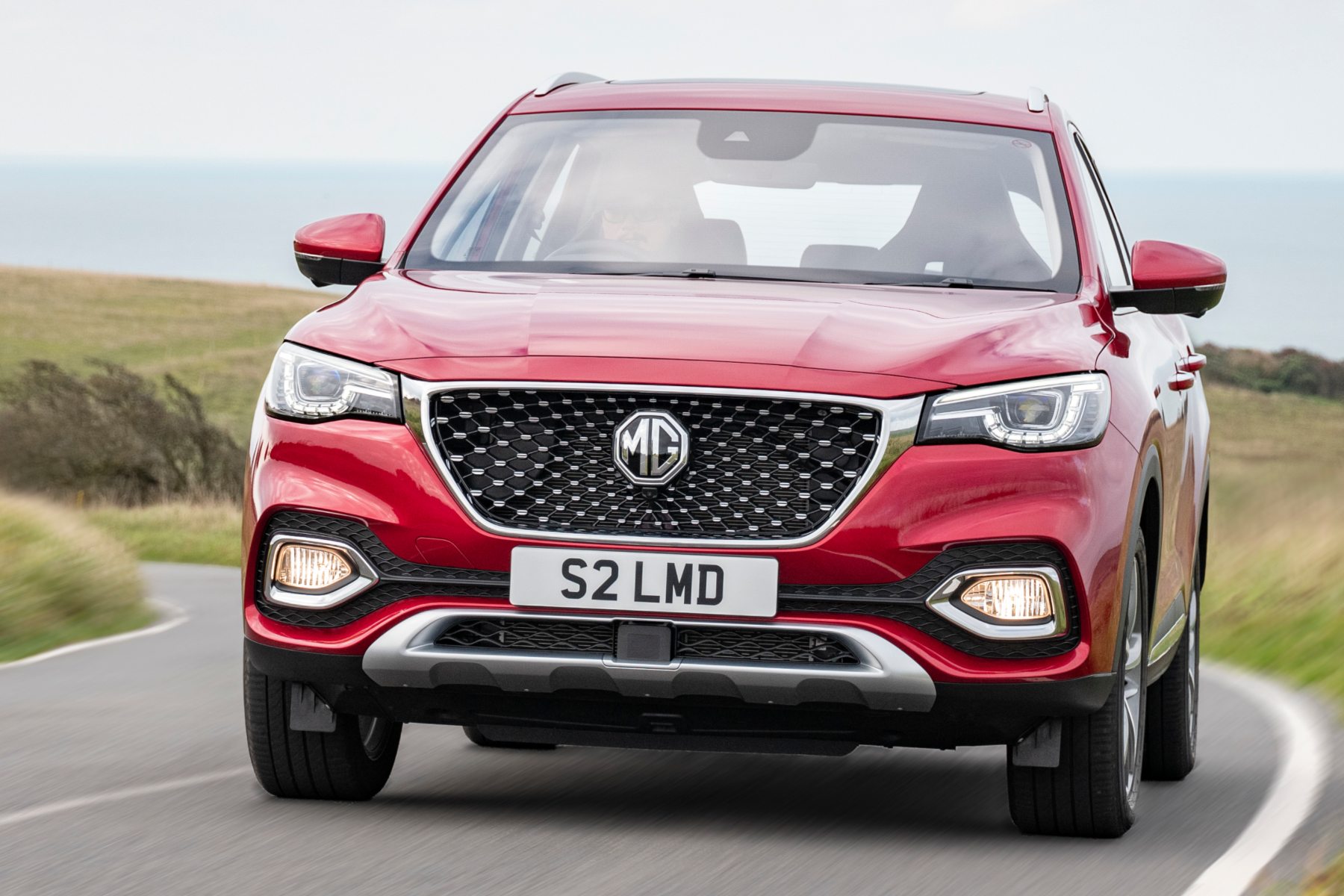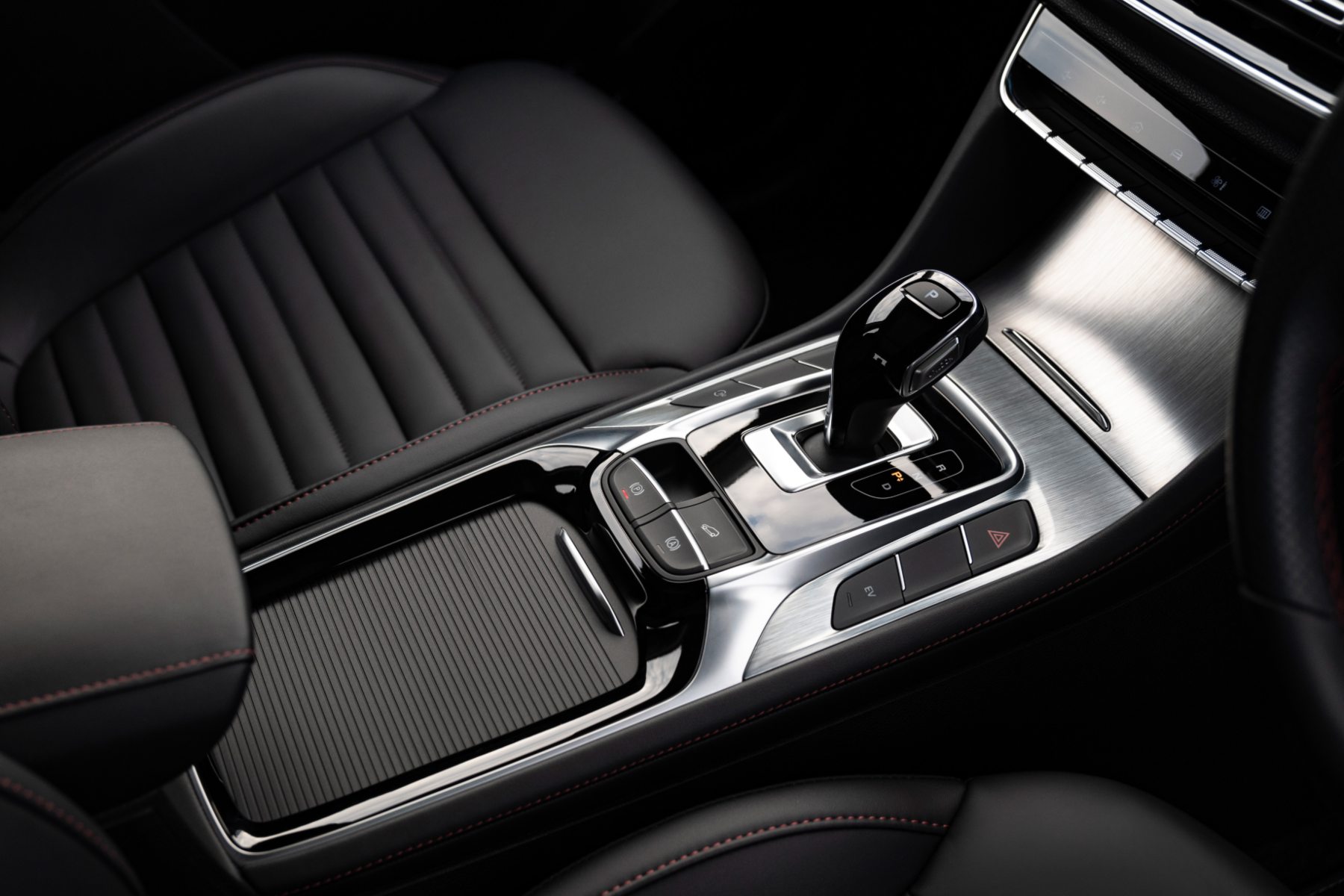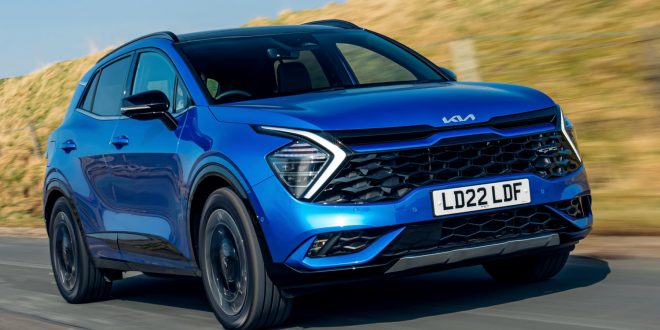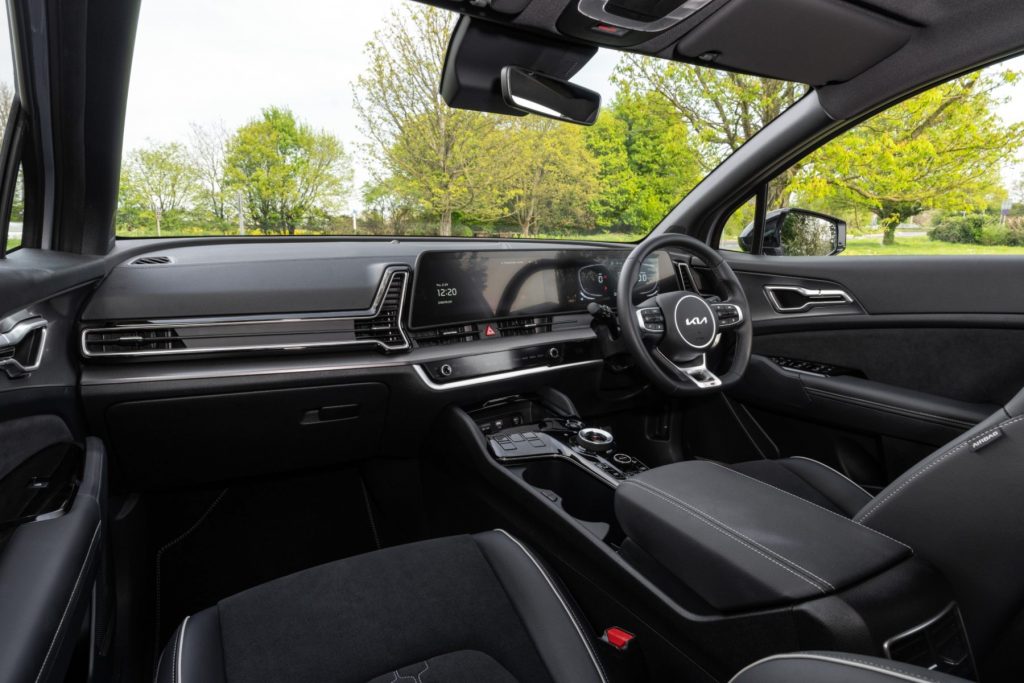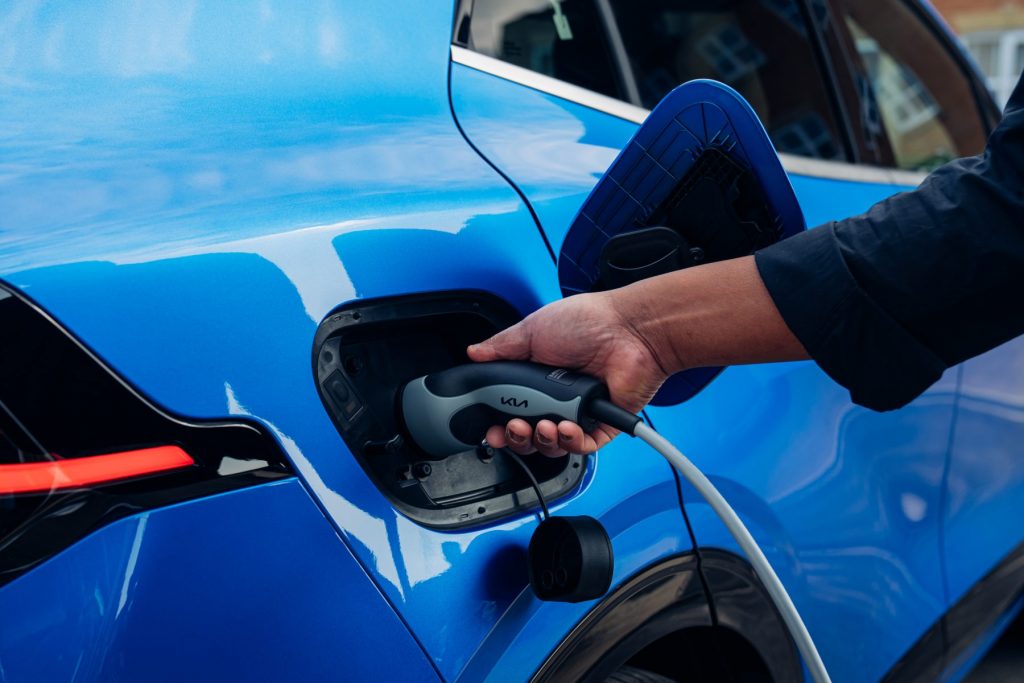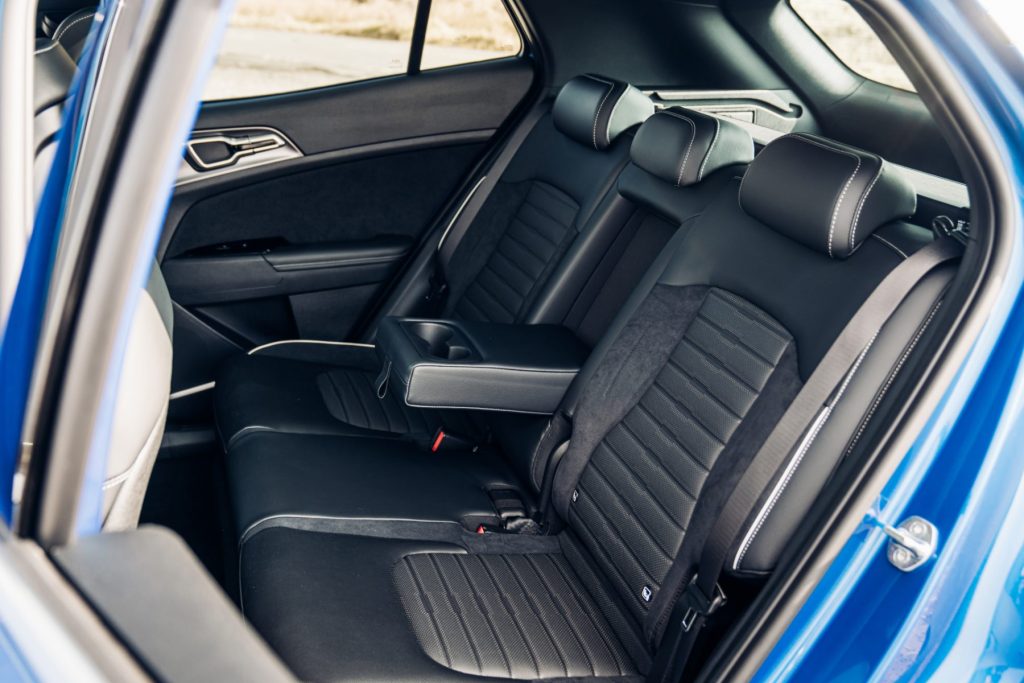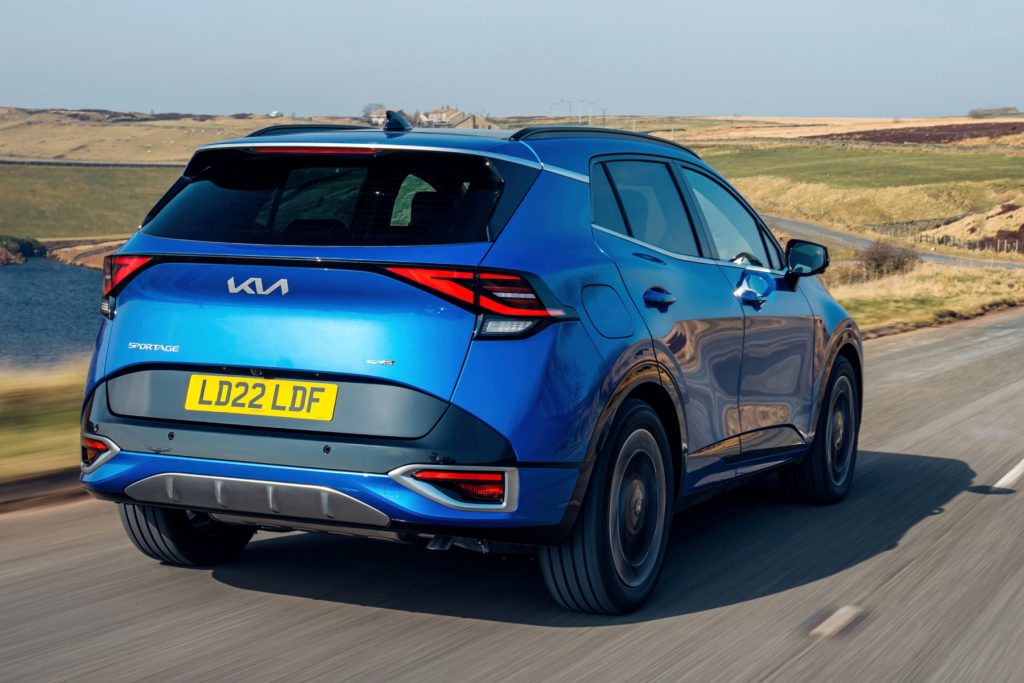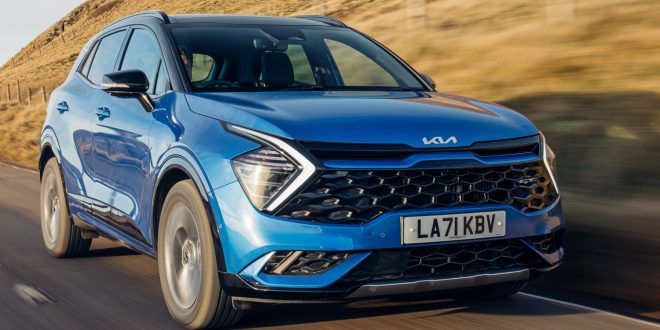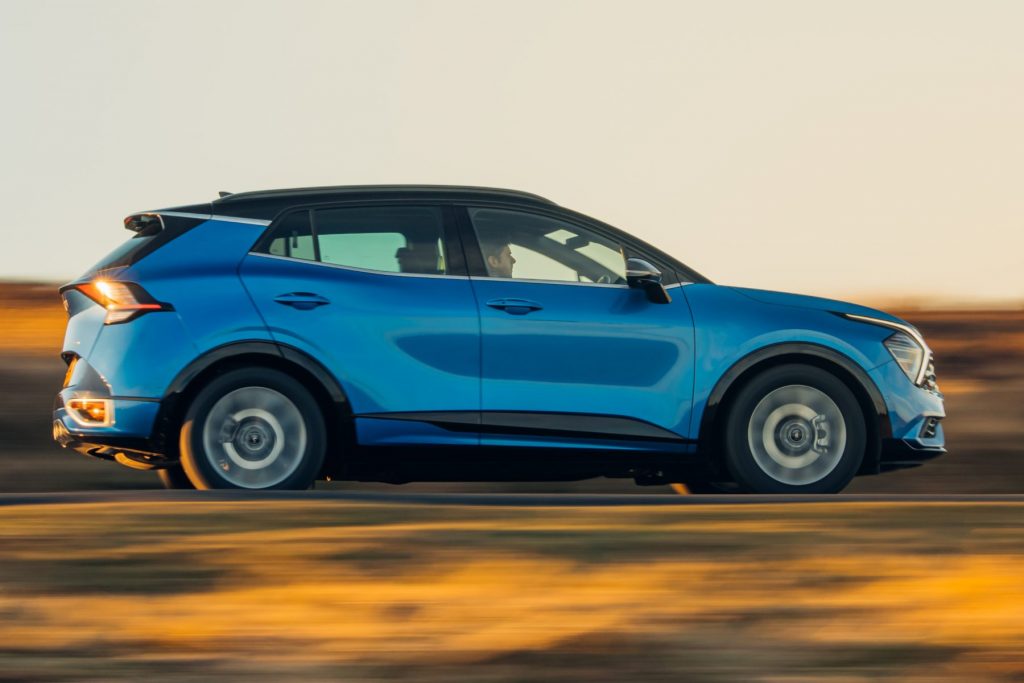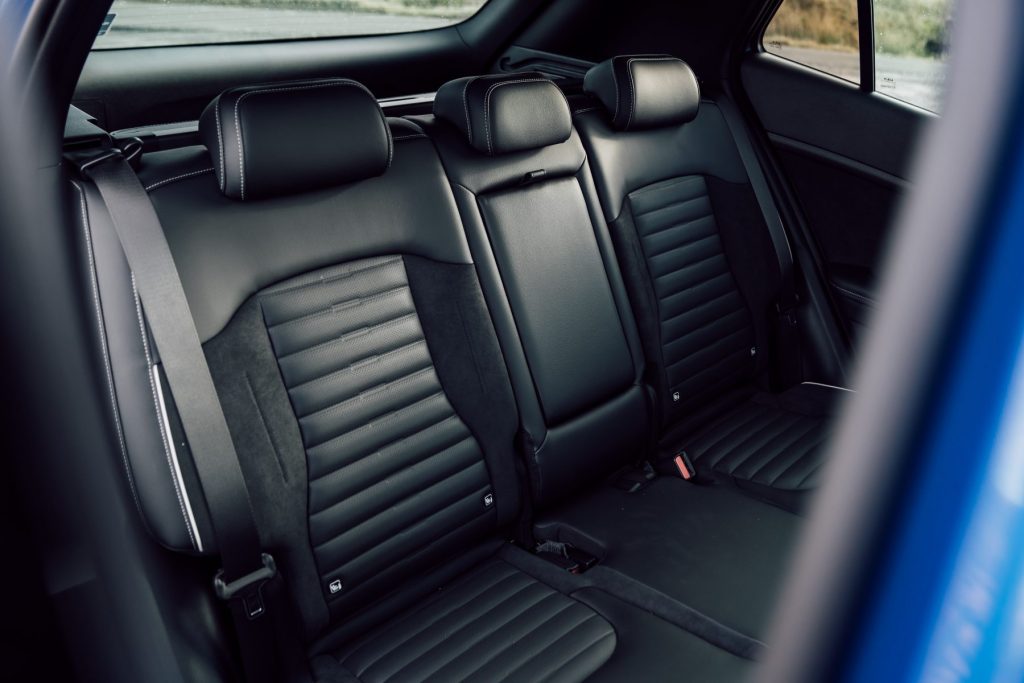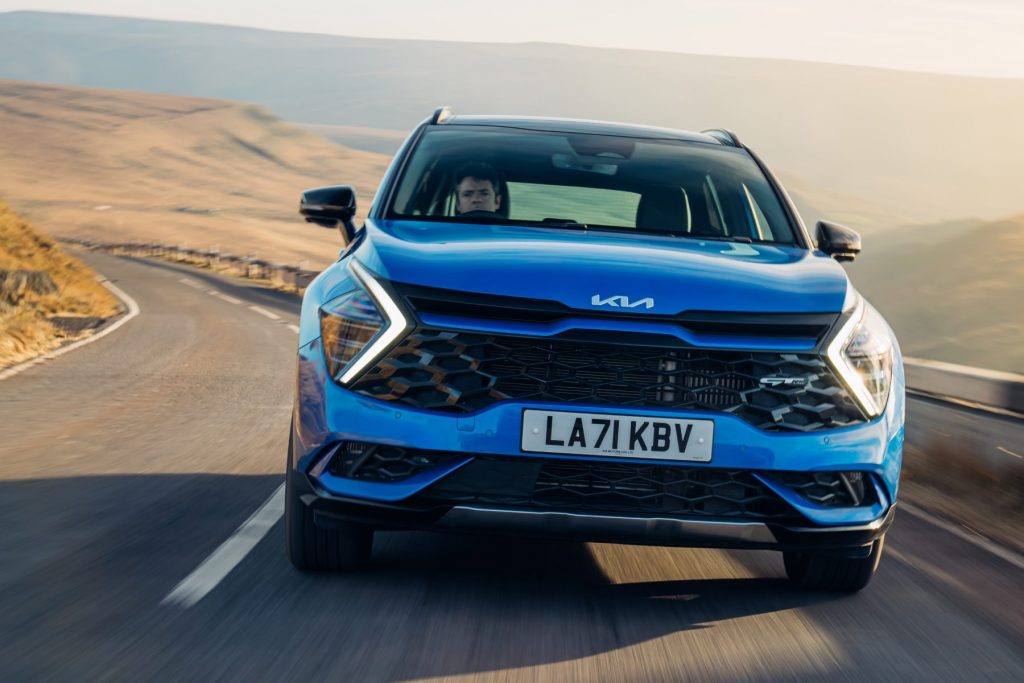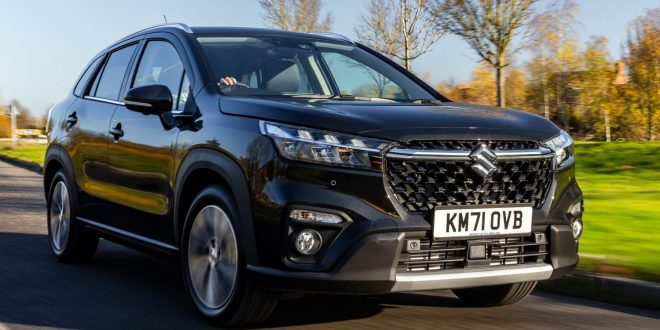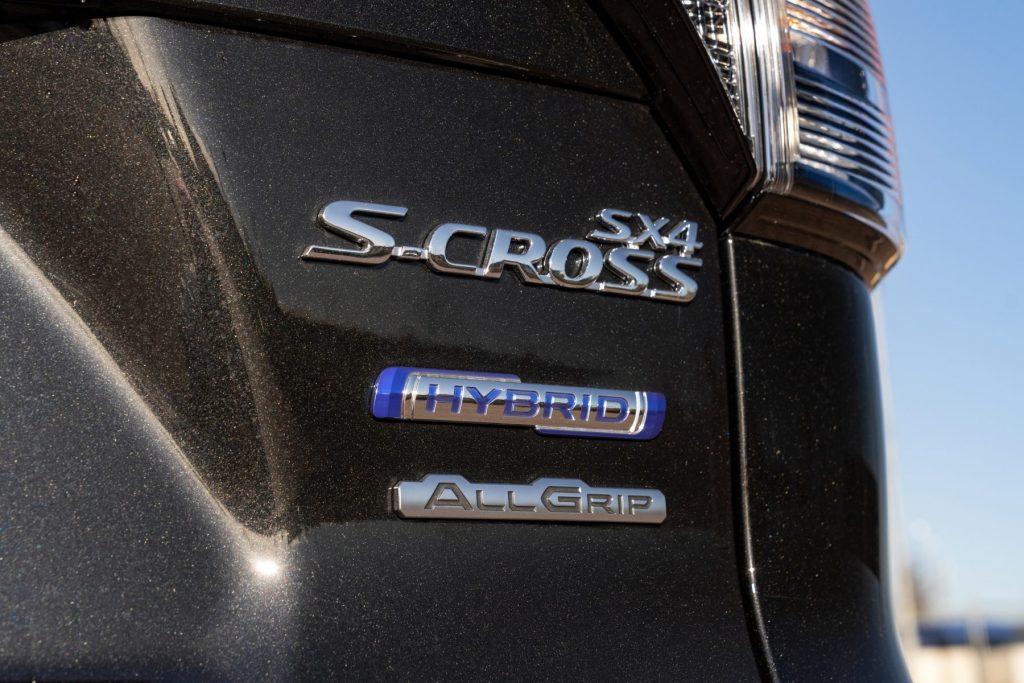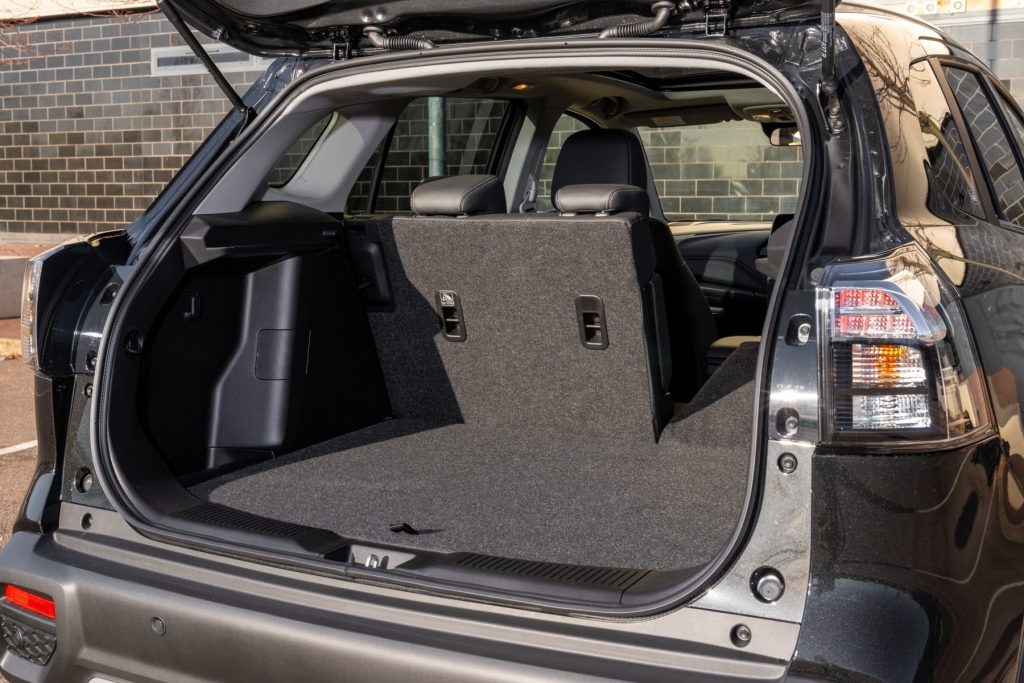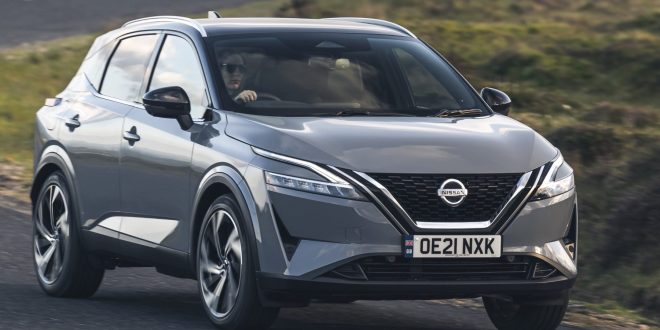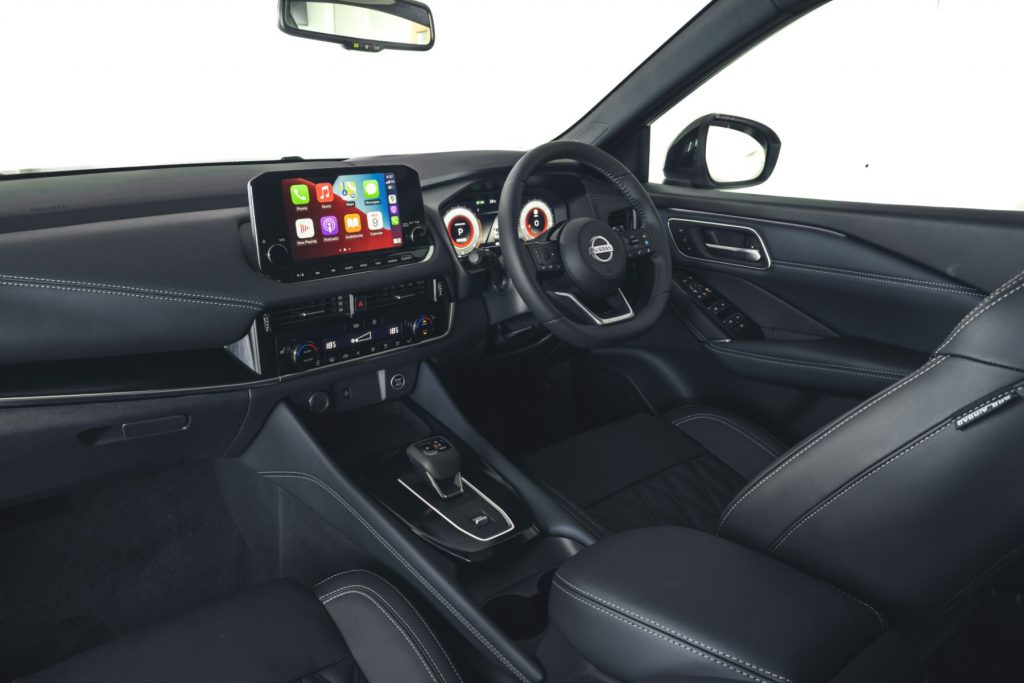The MG HS has gone from an also-ran to an affordable PHEV frontrunner, ideal for a family – read on to find out why…
Launched in 2019, the MG HS is a worthy mid-sized SUV that has the unenviable task of stealing sales from the likes of the Nissan Qashqai, Kia Sportage, Volkswagen Tiguan, Ford Kuga and Hyundai Tucson.
Sitting above the successful ZS in the fast-growing Chinese brand’s range, up until now the HS has only been available with a 1.5-litre petrol engine that isn’t class-leading when it comes to pulling power, economy or refinement.
On the plus side it’s offered big bang for your buck because it’s priced from just £22,995, and it delivers good looks, practicality, space, a pleasant driving experience and generous equipment levels.
Fast forward to 2022 and a plug-in hybrid version has been introduced. Suddenly the HS is a serious contender. Starting at £31,095, it’s one of the best value PHEVs on the market.
Like all plug-in hybrids, it offers the best of both worlds, delivering some of the experience of an EV without any of the associated range anxiety.
MG has used the same 1.5-litre turbocharged petrol engine as the regular HS, but here it works in tandem with a 90KW electric motor (drawing power from a 16.6kWh battery) to give a combined output of 254bhp (and 273 lb ft of torque), enabling it to reach 0-60mph in just 6.9 seconds with a top speed of 118mph.
Perhaps more importantly, it has an electric-only range of 32 miles (plenty for most commutes).
On paper, it’s capable of as much as 155.8mpg if your journeys are modest and you keep your battery charged up, while CO2 emissions are as low as 43g/km. That last figure is crucial for business users because the lower the emissions the higher the tax benefits.
The MG HS Plug-in Hybrid uses a new 10-speed automatic transmission which works with both the petrol and electric motors to optimise power delivery and efficiency. Power is delivered to the front wheels only (unlike some rivals, an all-wheel drive version is not offered).
As for charging, the battery can be topped up to 100% in 4.5 hours using a 7kW home wallbox.
MG has kept things simple and there are just two trims levels – Excite and Exclusive.
Standard equipment on the ‘entry-level’ Excite model includes 18-inch alloy wheels, a 10-1-inch touchscreen with satellite navigation, plus a 360-degree camera system.
Upgrade to the Exclusive and it brings upgraded LED headlights, smart leather sports seats and a panoramic sunroof.
MG Pilot – a suite of driver assistance systems that gives the MG HS one of the most comprehensive safety packages in its class (helping the HS achieve a maximum five-star rating) is also standard.
In other words, driver assistance and safety aids include Autonomous Emergency Braking (AEB), Adaptive Cruise Control, Lane Keep Assist, Intelligent Speed Limit Assist, Intelligent Headlight Control, Rear Cross Traffic Alert and Blind Spot Detection.
MG is best known as a budget brand these days, but the HS is anything but cheap and cheerful.
The cabin is well put together with quality materials (the leather upholstery on the Exclusive model is especially good). It has a solid feel and the doors close with a satisfying clunk.
The digital driver’s display works well, though the central infotainment screen is a little sluggish and unfortunately also includes the climate controls, which isn’t ideal in hot and cold weather.
There’s plenty of space. In fact, rear passengers have a superb amount of head and legroom. The boot is a decent 448 litres, expanding to 1,375 litres when the 60:40 rear seats are folded.
Like many plug-in hybrid SUVs, it’s at its best cruising along. Most are let down by their gearbox/engine combo which invariably sends the revs shooting up if you put your foot down.
The MG HS is one of the better ones, but not perfect. More spirited drivers will find it a little hesitant, while the engine can become a little vocal if you floor it.
That said, it’s fine if you take it easy, offering pleasantly refined driving with ample power in reserve for overtaking.
It’s no performance SUV, so don’t go expecting massive amounts of driving engagement, but it covers its brief well and feels substantial and planted.
The transition from electric to petrol and vice versa is fairly seamless, while running in electric-only mode is beautifully smooth.
The driving position is commanding (though I’d prefer the option to be able to lower the front seats a little more), visibility is good and the ride is comfortable.
Fuel economy will depend on keeping the battery charged up and the length of your journeys, so your visits to the service station for petrol will be few and far between if you complete most of your trips in EV mode.
However, on long journeys where you’re almost totally reliant on the petrol engine, economy can dip below 40mpg.
The good thing about the PHEV system on the MG HS is that it will feed in the electrical assistance, leaving you with a little charge even at the end of a long trip.
Finally a quick mention for the factor which may swing it for many as the cost of living crisis bites – not only is it great value, but the HS offers peace of mind thanks to a generous seven-year warranty.
Verdict: With the introduction of plug-in hybrid technology, the MG HS is now the tempting family car it could always have been. Comfortable, safe, refined, well built and economical, it’s one of the most affordable PHEV SUVs on the market.

